Defense in the animal kingdom isn’t always about claws or speed. Some creatures rely on what look like evolutionary mistakes—spraying blood, self-amputation, or wearing their own waste. These behaviors might appear absurd, but they exist for a reason: they work.
While the methods vary wildly, each has proven to confuse, repel, or outright stop predators in their tracks. Here are some animals that defend themselves with the kind of tactics that make you look twice.
Texas Horned Lizard

Researchers studying Phrynosoma cornutum have documented one of nature’s most disturbing defense tactics. This desert lizard shoots blood from the corners of its eyes when under threat, which can travel as far as five feet. The blood carries a foul-tasting compound that deters pursuers like foxes and cats.
Hairy Frog
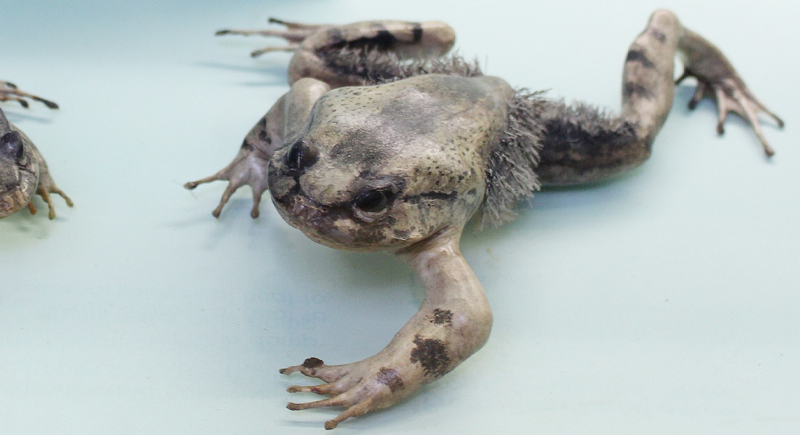
Trichobatrachus robustus is also known as “Wolverine frog” and has earned that nickname for good reason. When provoked, it contracts a muscle that breaks its toe bones and pushes the splinters through its skin, thereby forming temporary claws. The result looks painful, but the frog shows no signs of harm once the threat ends.
Bombardier Beetle
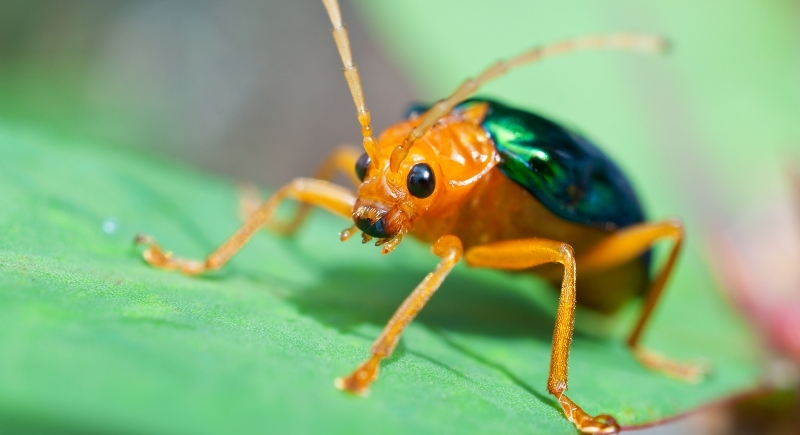
The mechanism behind this beetle’s defense is well-studied. It carries two chemicals—hydroquinone and hydrogen peroxide—in separate abdominal chambers. It mixes them in an internal chamber where heat builds up. The mixture explodes in a boiling spray that shoots out of the beetle’s rear.
Iberian Ribbed Newt
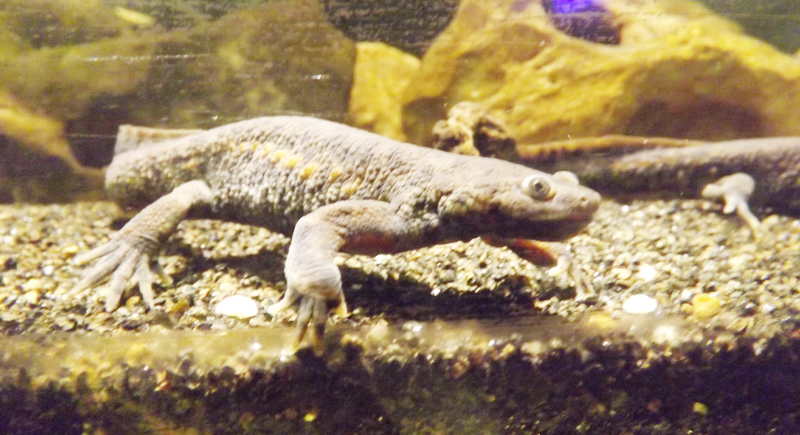
To avoid being swallowed by hunters like fish or birds, the Iberian ribbed newt uses a defense that borders on gruesome but works well. In case it is bitten, the creature projects its ribs through the skin to form toxic spikes along its sides. The bones pierce outward and deliver poison directly into the attacker’s mouth or body.
Pygmy Sperm Whale
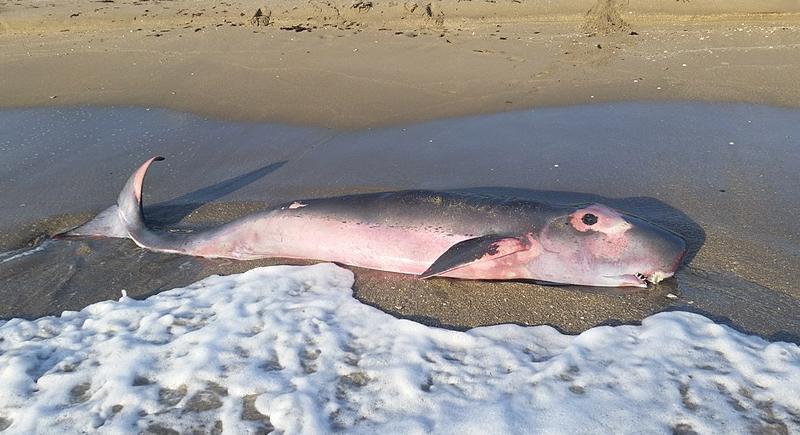
Misdirection plays a key role in how the pygmy sperm whale gets out of danger. Instead of outswimming assailants like sharks, it ejects a dense cloud of reddish fecal fluid in the water. Using its fins and tail, it stirs the cloud until it forms a thick, opaque barrier. The sudden visual disruption buys critical seconds to escape.
Northern Fulmar

If you approach a northern fulmar chick too closely, you’re likely to get hit with a stream of oily vomit. The bright, sticky substance smells terrible, clings to feathers, and destroys waterproofing. As a result, birds that rely on flight are immediately grounded. Skua chicks often fall victim to this strategy and may not survive the encounter.
Hagfish

Predators that bite down on this jawless fish quickly regret the decision. In a matter of seconds, the hagfish lets out a thick, threadlike slime that expands rapidly in water. The goo clogs gills and mouths, and makes it hard to breathe or bite again. Video recordings of such encounters show consistent outcomes—hagfish slip away while their attackers choke and flee.
Sea Cucumber
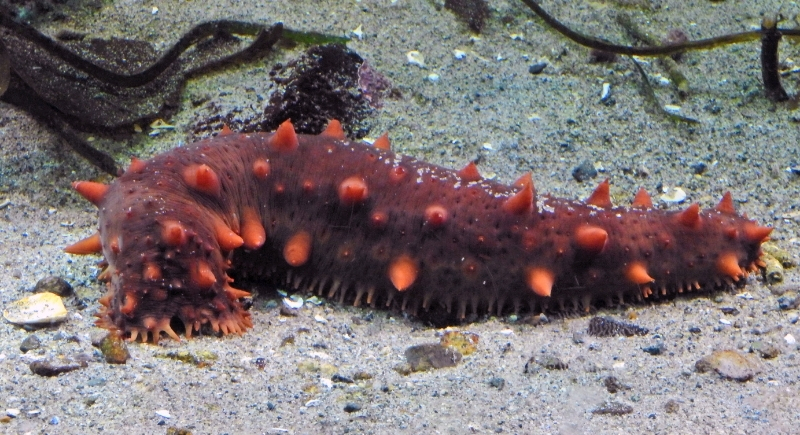
Loud vibrations, physical contact, or sudden changes in water conditions can trigger a dramatic reaction in sea cucumbers. As a result, many species may expel their internal organs through the anus in a process called evisceration. Some release sticky and toxic filaments that confuse or entangle predators.
Exploding Ant
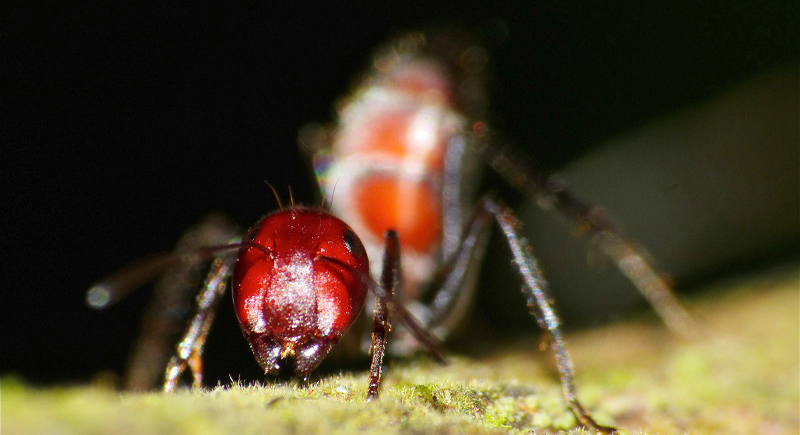
It will shock you to know that certain ant species in Southeast Asia actually rupture their own bodies as a form of protection. Workers tend to contract their abdominal muscles so forcefully that their bodies burst open. The explosion leads to a harmful secretion that glues or poisons intruders.
Boxer Crab
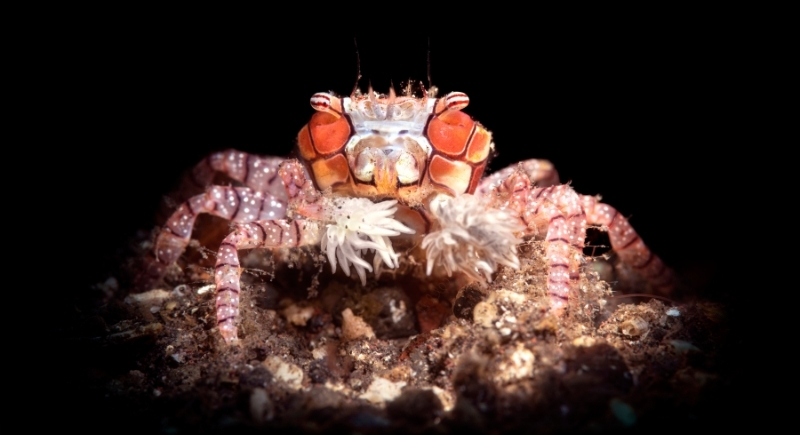
Instead of growing its own weapons, this crab borrows them. It carries sea anemones in its claws and uses them like stinging pom-poms. If a threat gets too close, it waves the anemones as a warning. The stings pack enough punch to drive away small fish. Interestingly, boxer crabs sometimes cut a single anemone in half to make two matching ones.
Slow Loris
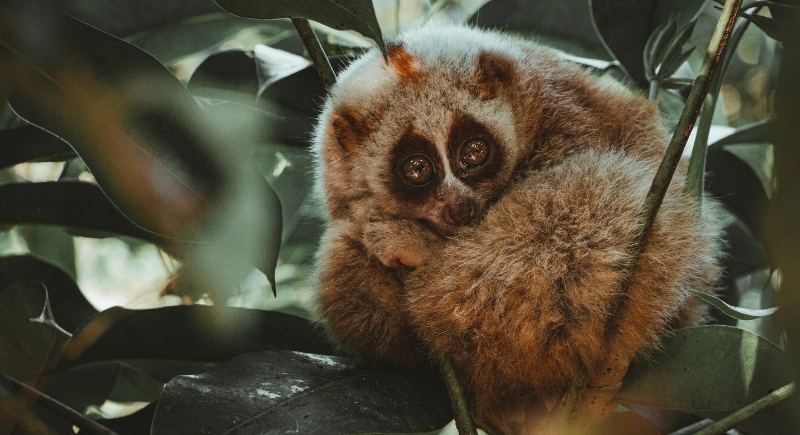
Behind its round eyes and slow movements lies a serious threat. The slow loris has glands in its upper arms that secrete a toxin. It licks these glands and mixes the secretion with saliva to create a venomous bite, which has even caused some humans to suffer allergic shocks.
Motyxia Millipede
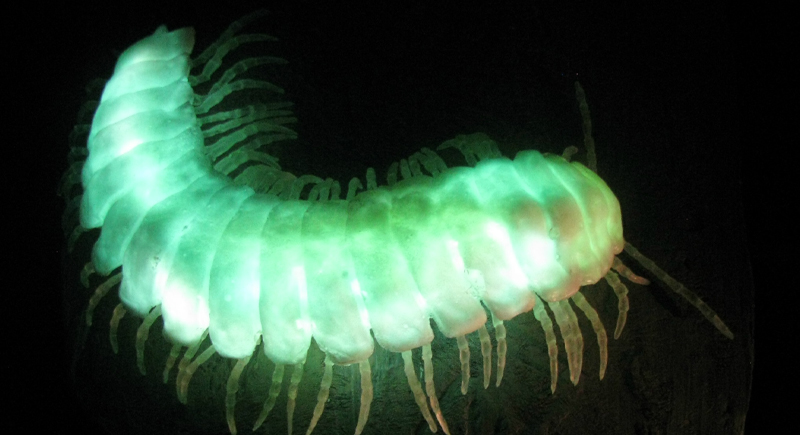
A study in Current Biology documented how these millipedes glow faintly at night—a trait called bioluminescence. The glow serves as a warning to threats and lets them know the millipede is toxic. If ignored, it releases cyanide through the body pores. This chemical affects respiration at the cellular level.
Western Hognose Snake

This snake has perfected the art of overacting. In the midst of an unwarranted situation, it will flip onto its back, open its mouth wide, stick out its tongue, and emit a foul-smelling musk. If flipped upright, it immediately rolls back over, committed to the performance. Though harmless, the snake’s display deters many that keep a distance from sick or dead prey.
Potato Beetle Larva
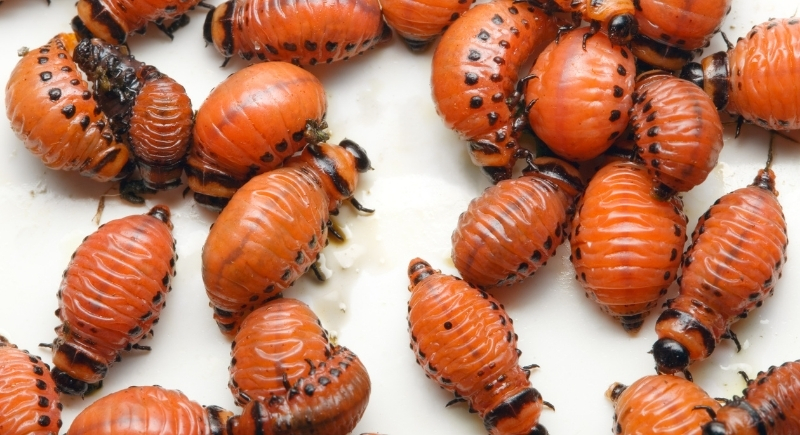
In the 1980s, entomologists first coined the term “fecal shield” while studying larvae of the Colorado potato beetle. These larvae coat their backs with their own waste, which contains plant-based toxins absorbed from their food. The result is a smelly, distasteful barrier that discourages animals like ants and birds.
Flying Fish
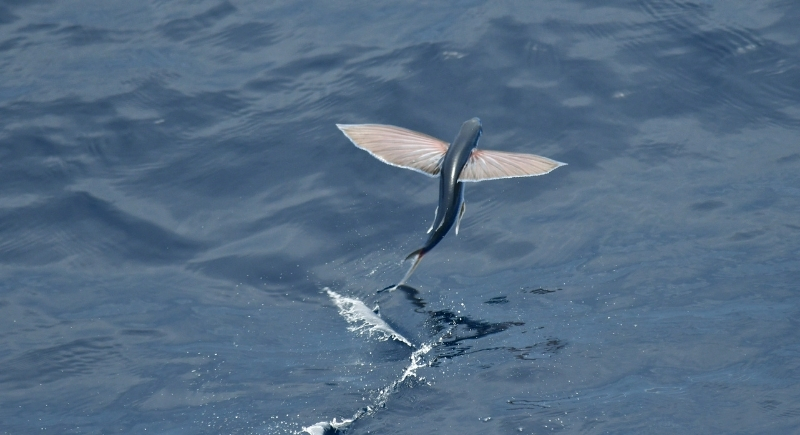
Having one of the most visually striking defenses in nature, flying fish escape hunters by launching themselves out of the water and gliding through the air. Reaching speeds of up to 37 miles per hour, they can travel more than 600 feet above the surface. Their large pectoral fins function like wings, which keep them aloft and away from predators.